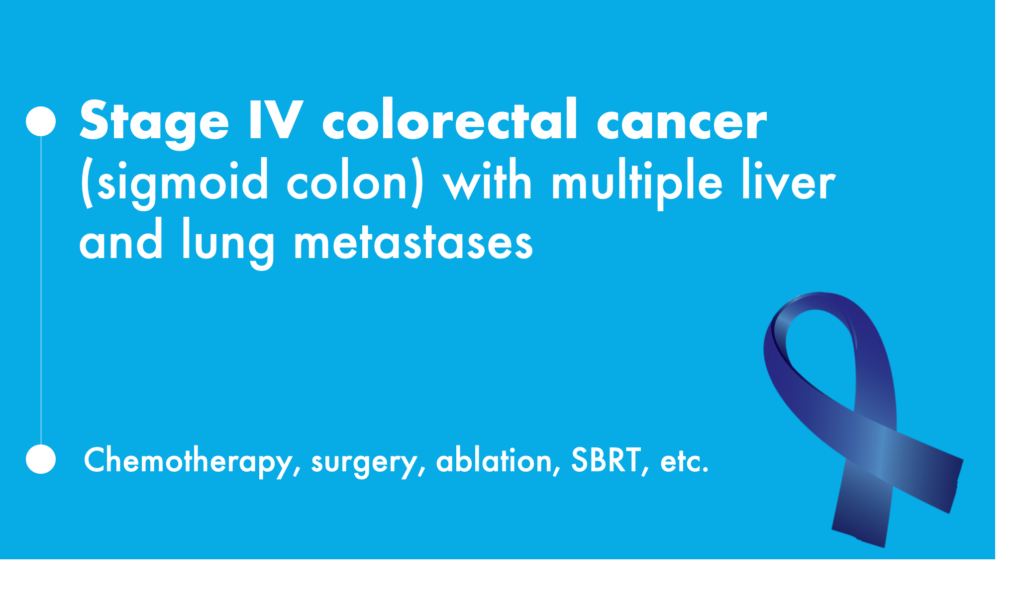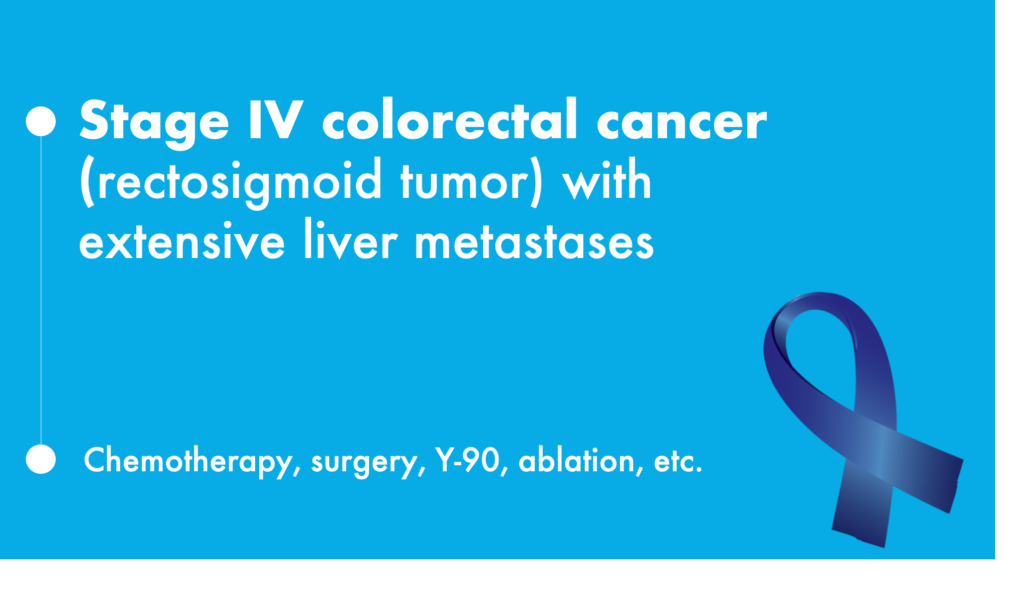Journey of Resilience
A Decade-Long Battle with Ovarian Cancer: A Patient’s Resilient Journey
From Diagnosis to Hope: Navigating Treatment and Emerging Stronger
In June 2017, a 66-year-old woman in Sichuan, China, sought medical attention for persistent abdominal distension lasting over six months. Medical tests, including ascites cytology and a CT scan, confirmed ovarian adenocarcinoma (FIGO Stage IIIC) with bilateral adnexal masses and multiple retroperitoneal lymph nodes. Her CA-125 level was significantly elevated at 698.20 U/ml.
The patient opted against surgery and began six cycles of chemotherapy (paclitaxel + carboplatin). After treatment, scans confirmed a complete response (CR), with no detectable disease. However, she declined further surgical intervention and continued observation.
In February 2020, she returned with vaginal bleeding. Imaging revealed a new pelvic mass (10.3×6.3×8.2 cm), and CA-125 levels exceeded 1000 U/ml. The oncologist classified it as a platinum-sensitive recurrence, leading to another six cycles of chemotherapy, resulting in a partial response (PR).
By May 2021, the tumor recurred in the same location, growing to 12.2×7.9×10.0 cm. CA-125 rose to 560.05 U/ml. Despite one cycle of chemotherapy, CA-125 increased further, and imaging confirmed disease progression. The oncologist switched to bevacizumab-based targeted therapy, followed by combination chemotherapy, stabilizing the disease temporarily.
By July 2022, the patient’s condition worsened, with a pelvic mass (12.5×10.6 cm) and CA-125 at 1175.16 U/ml. After multiple chemotherapy cycles with poor response, the oncologist proposed radiotherapy combined with immunotherapy (PD-1 inhibitor tirilizumab). She began treatment in November 2022, experiencing minimal side effects.
As of June 2023, abdominal CT scans show tumor shrinkage, and CA-125 has dropped to 18.30 U/ml. The patient continues immunotherapy maintenance with stable disease, demonstrating the potential of targeted and immunotherapy approaches in recurrent ovarian cancer..
See simplified NCCN guidelines for ovarian cancer HERE
Diagnosis
Stage IIIC ovarian adenocarcinoma, confirmed via imaging and elevated CA-125
Biomarker profile: PD-L1
Treatment
Multiple chemotherapy cycles, targeted therapy, radiotherapy, and immunotherapy
Outcome
Currently stable with significant tumor shrinkage, showing prolonged benefit from immunotherapy.
Source: Qin, Y., Huang, S., Tang, J., Fan, Y., Deng, X., Guan, P., … & Li, D. (2024). Case report: Interstitial implantation radiotherapy combined with immunotherapy and GM-CSF in oligometastatic platinum-resistant ovarian cancer. Frontiers in Immunology, 14, 1329951.


